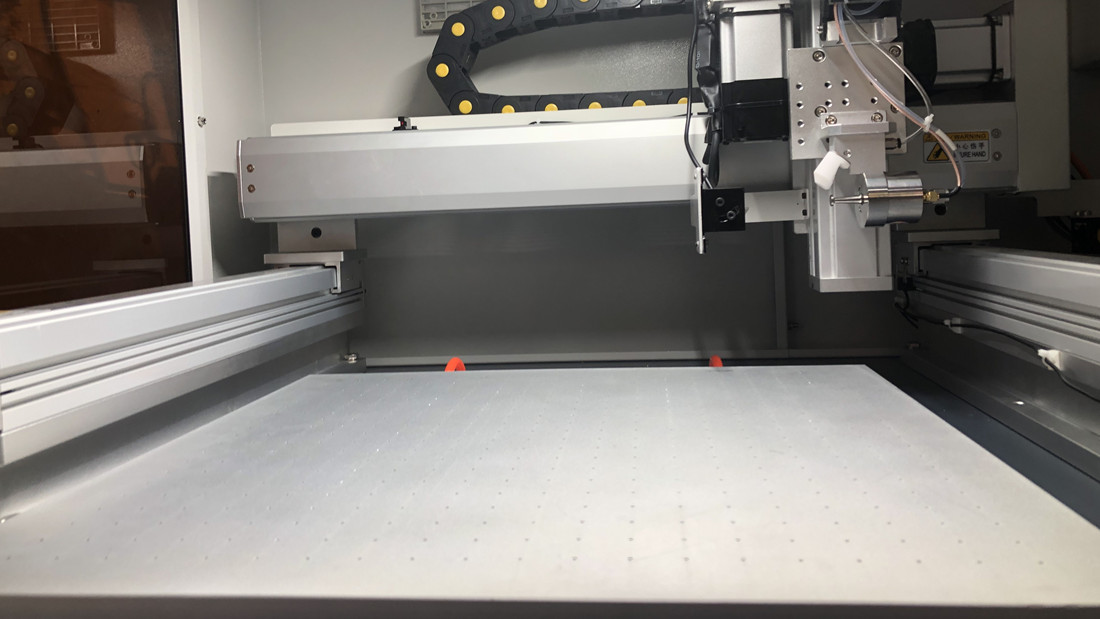Thin Film Coating Deposition
Thin Film Coating Deposition – Atomizer Spray Nozzle – Cheersonic
Thin film coatings are used to increase insulation or conductivity, protect the filter from reflection or form a reflective surface. An example is a mirror, where a glass plate is bonded with a thin layer of aluminum to reflect the surface. The film has a small thickness, ranging from a few nanometers to a few microns.
Manufacturers seeking to apply thin films can use many deposition methods, but the ideal method for a given application depends on the purpose of the deposition, the surface structure of the substrate, and the desired thickness. There are basically two deposition methods: chemical deposition or physical deposition.
Chemical deposition
Chemical deposition is a process by which the substrate is completely immersed in a chemical fluid. This means that every surface of the substrate is uniformly coated. The most common types of chemical deposition are:
Plating
During the electroplating process, the substrate is immersed in a chemical agent, which is usually a mixture of water and the metal salt to be deposited. The metal salt adheres to the substrate in a uniform manner, and the longer the substrate is immersed, the thicker the film. Generally, the higher the electroplating charge, the longer the connected current, and the thicker the deposited coating.
Chemical Solution Deposition (CSD)
CSD is very similar to electroplating. The difference is that CSD replaces the metal salt in the water bath, but uses organic metal powder in an organic solvent for the deposition process. Although the results are comparable, CSD is cheaper and simpler than electroplating technology.
Chemical Vapor Deposition (CVD)
CVD does not use a liquid bath, but places the substrate in a pressurized chamber filled with organic metal gas. Typical organic metal gases include polysilicon, silicon dioxide and silicon nitride. The gas reacts with the surface of the substrate or slowly dissolves on the surface of the substrate, thereby uniformly depositing the film. A more specific variant of CVD is plasma enhanced CVD. Plasma is an ionized vapor that is attracted to the surface of the substrate when excited by electric current or microwaves.
Physical deposition
Physical deposition technology does not include chemical reactions. They rely on mechanical or thermodynamic methods to produce films. Generally, they require a low-voltage environment to obtain accurate functional results.
Thermal evaporation
Under high vacuum, the deposition material is melted by a resistance heater until it covers the surface of the substrate. A vacuum is required to ensure that no undesirable reactions occur between the atoms of the film material and the atoms of the gas. A variation of thermal evaporation uses an electron beam evaporator to melt the material on the substrate.
Sputtering
When the rare gas plasma shoots toward the substrate with atomic-sized particles, sputtering occurs. The impact of the particles triggers a cascade of collisions, causing many particles to pass through the substrate and adhere to the opposite side. In this way, the entire surface of the substrate is coated.
Pulsed laser deposition
Pulsed laser deposition involves a substrate and a piece of thin film material in an ultra-high vacuum chamber. The laser emits pulse-like light pulses on the block of material, which evaporates and transfers to the substrate facing it. Sometimes, pulsed laser deposition occurs in an oxidation chamber, so oxygen can help oxide deposition.
Cathodic arc deposition (Arc-PVD)
Arc-PVD is very similar to pulsed laser deposition, except that an electric arc is used instead of pulsed laser. Arc is the gas charge between the anode and the cathode, and the material material is used as the cathode in Arc-PVD. As the material evaporates, it condenses on the substrate and forms a thin film.

Ultrasonic spraying
Ultrasonic spraying technology can successfully deposit thin-film solar cell coatings, TCO coatings, fuel cell membrane electrodes, anti-reflective coatings and so on. The cost of ultrasonic atomization spraying system is only a small part of CVD and sputtering equipment, which can reduce the cost of manufacturing thin film coatings. Ultrasonic spraying can reduce material consumption by up to 50% and reduce overspray, thus saving expensive catalyst ink. Clean, precise spray deposition, easy to shape for various applications. Highly controllable spray deposition produces reliable, consistent and uniform results.

